Home>Gardening & Outdoor>Landscaping Ideas>What To Put In The Bottom Of A Raised Garden Bed
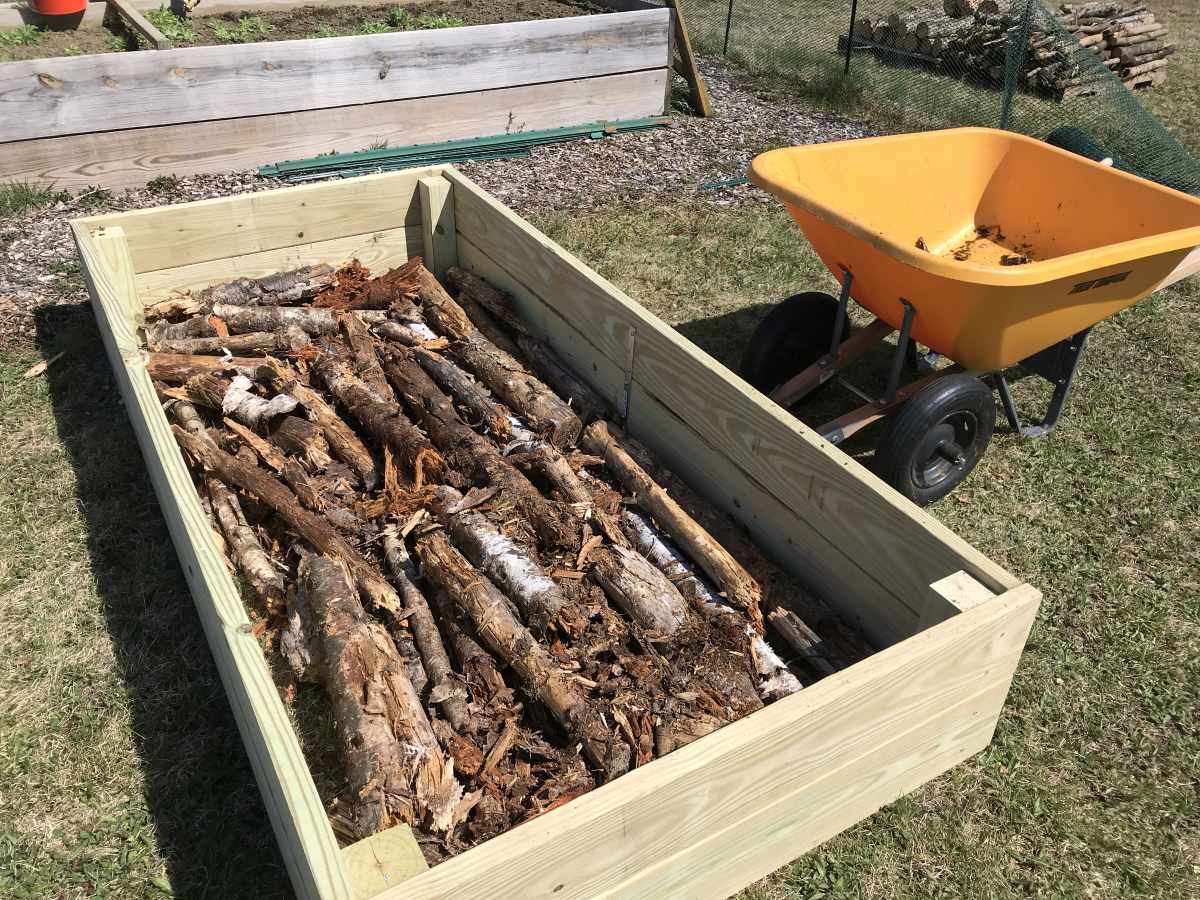

Landscaping Ideas
What To Put In The Bottom Of A Raised Garden Bed
Modified: August 30, 2024
Discover the best landscaping ideas for filling the bottom of your raised garden bed. Learn how to create a healthy and productive garden with our expert tips.
(Many of the links in this article redirect to a specific reviewed product. Your purchase of these products through affiliate links helps to generate commission for Storables.com, at no extra cost. Learn more)
Introduction
When it comes to creating a thriving garden, the foundation is key. Raised garden beds offer numerous advantages for cultivating healthy plants, and one crucial aspect of their construction is the bottom layer. The bottom layer serves as the base of the bed, providing essential functions such as drainage, weed prevention, and soil protection. By understanding the significance of what to put in the bottom of a raised garden bed, gardeners can optimize their growing environment and set the stage for bountiful harvests.
The bottom layer of a raised garden bed plays a pivotal role in maintaining the overall health and vitality of the plants it houses. By carefully selecting the materials and components for this foundational layer, gardeners can create an optimal environment for their plants to thrive. From promoting proper drainage to preventing weed infiltration, the bottom layer is a critical component that sets the stage for successful gardening endeavors.
In this comprehensive guide, we will delve into the various aspects of what to put in the bottom of a raised garden bed, exploring the benefits of using a bottom layer, the materials that can be utilized, options for effective drainage, and strategies for weed prevention. By gaining insight into these essential elements, gardeners can make informed decisions and implement best practices to ensure the long-term health and productivity of their raised garden beds.
Key Takeaways:
- The bottom layer of a raised garden bed is crucial for plant health, providing drainage, weed prevention, and soil protection. It creates a stable environment for thriving greenery and abundant harvests.
- Materials like gravel, landscaping fabric, and cardboard can be used in the bottom layer to promote drainage and prevent weeds. These materials create a resilient foundation for a successful garden.
Benefits of Using a Bottom Layer in a Raised Garden Bed
The incorporation of a bottom layer in a raised garden bed offers a multitude of benefits that contribute to the overall health and productivity of the garden. Understanding these advantages is essential for gardeners seeking to create an optimal environment for their plants to thrive.
-
Improved Drainage: By placing a bottom layer in the raised garden bed, gardeners can facilitate proper drainage, preventing waterlogging and ensuring that excess moisture does not accumulate in the soil. This is particularly beneficial in areas with heavy rainfall or for plants that are sensitive to overly moist conditions. Effective drainage promotes healthy root development and reduces the risk of root rot, ultimately enhancing the overall vitality of the plants.
-
Soil Protection: The bottom layer acts as a barrier, protecting the underlying soil from erosion and contamination. This is especially important in areas where the soil quality may be compromised, as it helps to preserve the integrity of the soil within the raised bed. Additionally, the bottom layer can prevent the intrusion of pests and burrowing animals, safeguarding the garden from potential damage.
-
Enhanced Aeration: A well-constructed bottom layer promotes proper aeration within the raised garden bed, allowing air to circulate through the soil. This is crucial for root health, as it facilitates the exchange of gases and supports the metabolic processes of the plants. Adequate aeration also helps to prevent soil compaction, ensuring that the roots have access to the oxygen they need to thrive.
-
Weed Suppression: By creating a barrier at the base of the raised garden bed, the bottom layer serves as a deterrent to weed growth. This helps to minimize the competition for nutrients and resources, allowing the cultivated plants to flourish without being overshadowed by invasive weeds. As a result, gardeners can spend less time and effort on weed management, focusing instead on nurturing their desired plantings.
-
Temperature Regulation: The bottom layer contributes to the insulation of the raised garden bed, helping to regulate soil temperature. This can be particularly advantageous in regions with fluctuating weather patterns, as it provides a degree of protection against extreme temperatures. By moderating the soil temperature, the bottom layer creates a more stable and favorable environment for plant growth.
Incorporating a bottom layer in a raised garden bed is a strategic investment in the long-term health and productivity of the garden. By reaping the benefits of improved drainage, soil protection, enhanced aeration, weed suppression, and temperature regulation, gardeners can create an optimal growing environment for their plants, setting the stage for abundant harvests and flourishing greenery.
Materials for the Bottom Layer
Selecting the appropriate materials for the bottom layer of a raised garden bed is a critical step in establishing a conducive environment for plant growth. The chosen materials should fulfill several essential functions, including promoting drainage, providing a barrier against invasive weeds, and protecting the underlying soil. Here are some commonly used materials for the bottom layer of a raised garden bed:
-
Gravel or Pebbles: A layer of gravel or small pebbles serves as an effective drainage medium, allowing excess water to percolate through the soil and preventing waterlogging. This material is particularly beneficial for raised garden beds in areas with heavy rainfall or clay-rich soils, where proper drainage is essential for plant health.
-
Landscaping Fabric: Also known as weed barrier fabric, landscaping fabric acts as a protective barrier, inhibiting the growth of weeds and preventing them from infiltrating the raised bed. This non-woven material allows water and nutrients to permeate the soil while creating a barrier against unwanted vegetation.
-
Coarse Sand: Coarse sand is another option for promoting drainage in the bottom layer of a raised garden bed. Its granular composition facilitates water movement, reducing the risk of standing water and ensuring that the soil remains well-aerated.
-
Cardboard or Newspaper: Utilizing cardboard or several layers of newspaper can serve as an eco-friendly and cost-effective weed barrier. These materials smother existing vegetation and prevent weed growth, providing an organic solution for weed control in the raised bed.
-
Wood Chips or Bark: Adding a layer of wood chips or bark to the bottom of the raised garden bed not only aids in drainage but also contributes to the overall aesthetic appeal of the garden. These organic materials can help maintain soil moisture levels while serving as a natural weed deterrent.
-
Perforated PVC Pipes: In some cases, incorporating perforated PVC pipes into the bottom layer can enhance drainage efficiency. These pipes facilitate the removal of excess water from the raised bed, particularly in areas prone to water accumulation.
By carefully selecting and layering these materials, gardeners can create a functional and resilient bottom layer for their raised garden beds. Each material serves a specific purpose, contributing to the overall health and vitality of the garden while providing a solid foundation for successful plant growth.
Incorporating a combination of these materials can further enhance the effectiveness of the bottom layer, ensuring that the raised garden bed is well-equipped to support the needs of the plants it houses. With the right materials in place, gardeners can establish a robust foundation for their raised garden beds, setting the stage for thriving greenery and abundant harvests.
Options for Drainage
Effective drainage is essential for the overall health and productivity of a raised garden bed. Proper drainage ensures that excess water is efficiently removed from the soil, preventing waterlogging and creating an optimal environment for plant roots to thrive. When considering options for drainage in the bottom layer of a raised garden bed, several strategies can be employed to promote efficient water movement and maintain balanced soil moisture levels.
-
Layer of Gravel or Pebbles: Incorporating a layer of gravel or small pebbles at the base of the raised garden bed is a classic method for promoting drainage. This coarse material allows water to percolate through the soil, preventing the accumulation of excess moisture. It is particularly beneficial in areas with heavy rainfall or clay-rich soils, where proper drainage is crucial for plant health.
-
Perforated PVC Pipes: In some instances, integrating perforated PVC pipes into the bottom layer can significantly enhance drainage efficiency. These pipes facilitate the removal of excess water from the raised bed, particularly in areas prone to water accumulation. By strategically placing these pipes, gardeners can ensure that water is effectively channeled away from the root zone, reducing the risk of water-related issues.
-
Coarse Sand: Adding a layer of coarse sand to the bottom of the raised garden bed can further facilitate drainage. The granular composition of sand promotes water movement, reducing the risk of standing water and ensuring that the soil remains well-aerated. This option is particularly useful in areas where soil compaction and poor drainage are common concerns.
-
Raised Bed Legs or Supports: Elevating the raised garden bed on legs or supports can create natural drainage pathways. This design allows excess water to flow freely from the bottom of the bed, preventing water accumulation and promoting healthy soil moisture levels. Additionally, raised bed legs can provide better air circulation, contributing to overall soil health.
-
Drainage Holes: Drilling drainage holes in the sides or bottom of the raised garden bed can facilitate the efficient removal of excess water. These holes allow water to escape, preventing waterlogging and ensuring that the soil remains well-drained. When combined with other drainage materials, such as gravel or sand, drainage holes can significantly improve the overall drainage capacity of the raised bed.
By incorporating these options for drainage into the bottom layer of a raised garden bed, gardeners can create an environment that promotes healthy root development and minimizes the risk of water-related issues. Each strategy contributes to the overall drainage efficiency of the raised bed, ensuring that excess moisture is effectively managed, and the soil remains conducive to plant growth.
Weed Prevention
Weed prevention is a crucial aspect of maintaining a healthy and productive raised garden bed. Unchecked weed growth can compete with cultivated plants for essential nutrients, water, and sunlight, ultimately impeding their growth and reducing overall yields. By implementing effective weed prevention strategies in the bottom layer of the raised garden bed, gardeners can create an environment that minimizes weed intrusion and fosters the optimal growth of desired plantings.
Read more: What Is A Raised Garden Bed
Landscaping Fabric
One of the most widely used methods for weed prevention in the bottom layer of a raised garden bed is the incorporation of landscaping fabric. This durable material acts as a protective barrier, inhibiting the growth of weeds and preventing them from infiltrating the raised bed. By laying landscaping fabric over the bottom layer, gardeners can effectively suppress weed growth while allowing water and nutrients to permeate the soil, supporting the health of the cultivated plants.
Cardboard or Newspaper
Another eco-friendly and cost-effective approach to weed prevention involves utilizing cardboard or several layers of newspaper in the bottom layer of the raised garden bed. These materials serve as a natural weed barrier, smothering existing vegetation and preventing weed seeds from germinating. By creating a barrier that blocks sunlight and restricts weed growth, cardboard and newspaper contribute to a weed-free environment within the raised bed, reducing the need for extensive manual weeding.
Mulch and Organic Matter
Incorporating a layer of mulch or organic matter in the bottom layer of the raised garden bed can also contribute to weed prevention. Organic mulches, such as straw, wood chips, or bark, not only help retain soil moisture and regulate temperature but also act as a natural weed deterrent. By creating a physical barrier that inhibits weed growth, mulch and organic matter play a dual role in promoting soil health and suppressing unwanted vegetation.
Combination Approach
For comprehensive weed prevention, a combination of these strategies can be employed in the bottom layer of the raised garden bed. By layering landscaping fabric, cardboard or newspaper, and organic mulch, gardeners can create a robust weed prevention system that addresses different aspects of weed control. This multi-layered approach effectively blocks weed growth, minimizes maintenance efforts, and promotes a clean and thriving growing environment for the cultivated plants.
By implementing these weed prevention strategies in the bottom layer of a raised garden bed, gardeners can significantly reduce the presence of weeds and create an environment that supports the healthy development of their chosen plantings. This proactive approach to weed prevention not only minimizes competition for resources but also contributes to the overall aesthetics and productivity of the garden, allowing cultivated plants to flourish without the encumbrance of invasive weeds.
Consider putting a layer of cardboard or newspaper at the bottom of your raised garden bed to help suppress weeds and improve drainage. This will also help to create a barrier between the soil and any potential pests.
Read more: What To Line A Raised Garden Bed With
Conclusion
In conclusion, the bottom layer of a raised garden bed plays a pivotal role in creating an optimal environment for plant growth and overall garden productivity. By carefully considering the materials and strategies for the bottom layer, gardeners can establish a solid foundation that promotes effective drainage, weed prevention, and soil protection.
The benefits of using a bottom layer in a raised garden bed are multifaceted. Improved drainage, soil protection, enhanced aeration, weed suppression, and temperature regulation are essential advantages that contribute to the long-term health and vitality of the garden. By incorporating a bottom layer, gardeners can mitigate common challenges such as waterlogging, soil erosion, weed infestation, and temperature fluctuations, creating a stable and nurturing environment for their plants.
Selecting the right materials for the bottom layer is crucial for its functionality. Gravel or pebbles, landscaping fabric, coarse sand, cardboard or newspaper, wood chips or bark, and perforated PVC pipes are all viable options that serve specific purposes, from promoting drainage to preventing weed infiltration. By layering these materials strategically, gardeners can create a resilient bottom layer that addresses the diverse needs of the raised garden bed.
Options for drainage in the bottom layer, such as incorporating gravel, perforated PVC pipes, coarse sand, raised bed legs or supports, and drainage holes, provide effective mechanisms for managing excess water and maintaining balanced soil moisture levels. These strategies ensure that the raised garden bed remains well-drained, supporting healthy root development and minimizing the risk of water-related issues.
Weed prevention in the bottom layer is equally important for maintaining a thriving garden. Utilizing landscaping fabric, cardboard or newspaper, mulch, and organic matter creates a barrier against weed growth, reducing the need for extensive manual weeding and allowing cultivated plants to flourish without competition from invasive vegetation.
In essence, the bottom layer of a raised garden bed serves as the cornerstone of a successful gardening endeavor. By harnessing its benefits and implementing the right materials and strategies, gardeners can create an environment that fosters robust plant growth, minimizes maintenance efforts, and ultimately yields bountiful harvests. With a well-constructed bottom layer, gardeners can embark on a journey of sustainable and rewarding gardening, reaping the rewards of a flourishing and productive garden for years to come.
Frequently Asked Questions about What To Put In The Bottom Of A Raised Garden Bed
Was this page helpful?
At Storables.com, we guarantee accurate and reliable information. Our content, validated by Expert Board Contributors, is crafted following stringent Editorial Policies. We're committed to providing you with well-researched, expert-backed insights for all your informational needs.
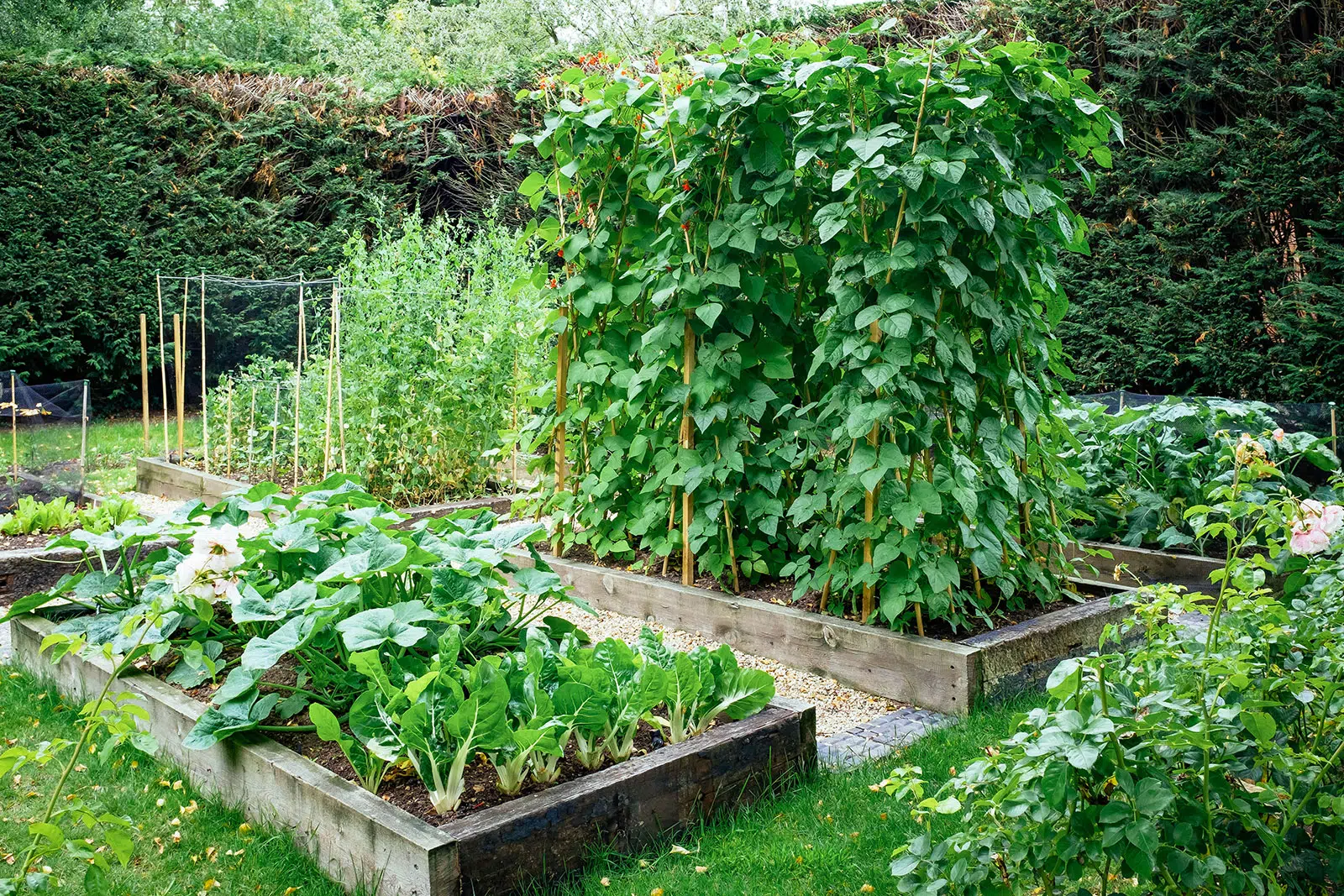
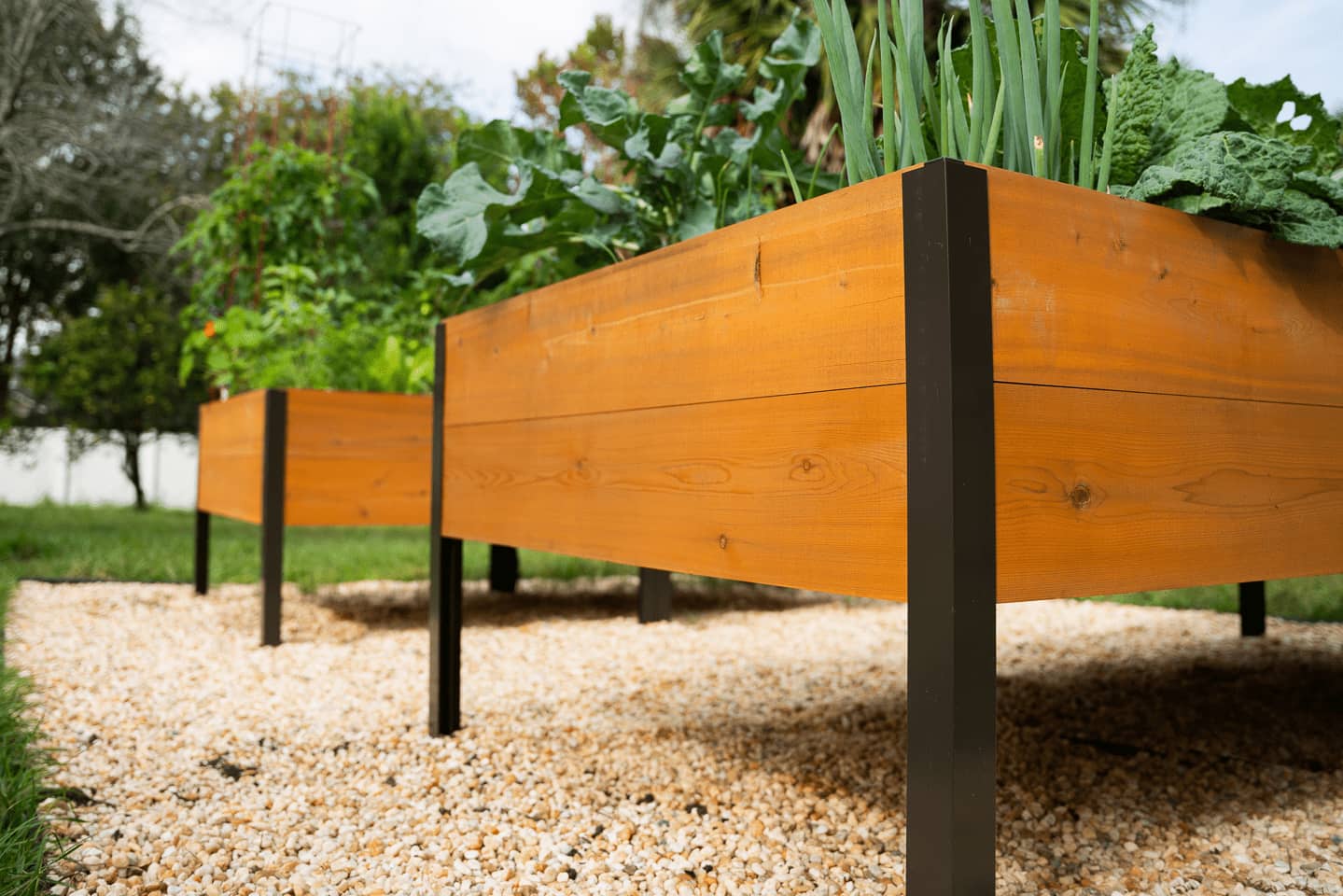
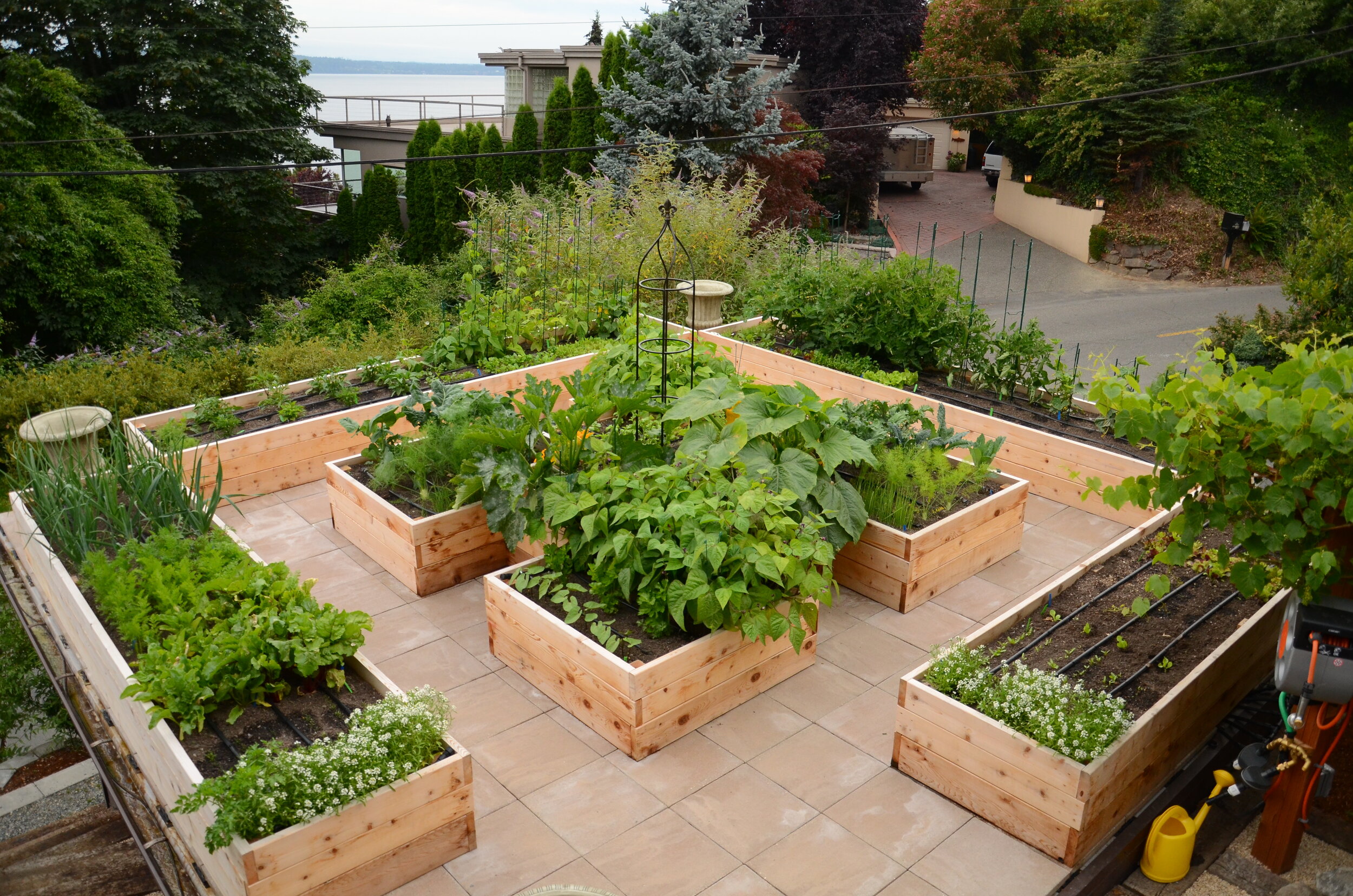

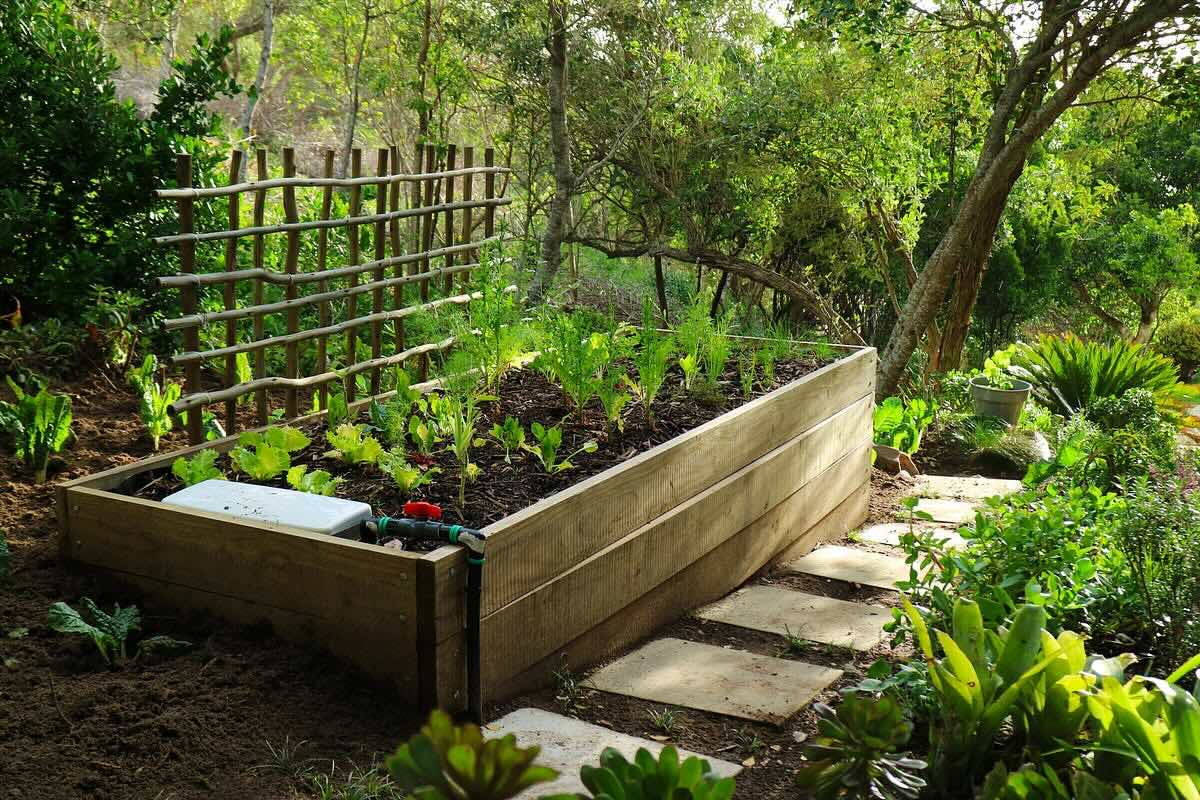
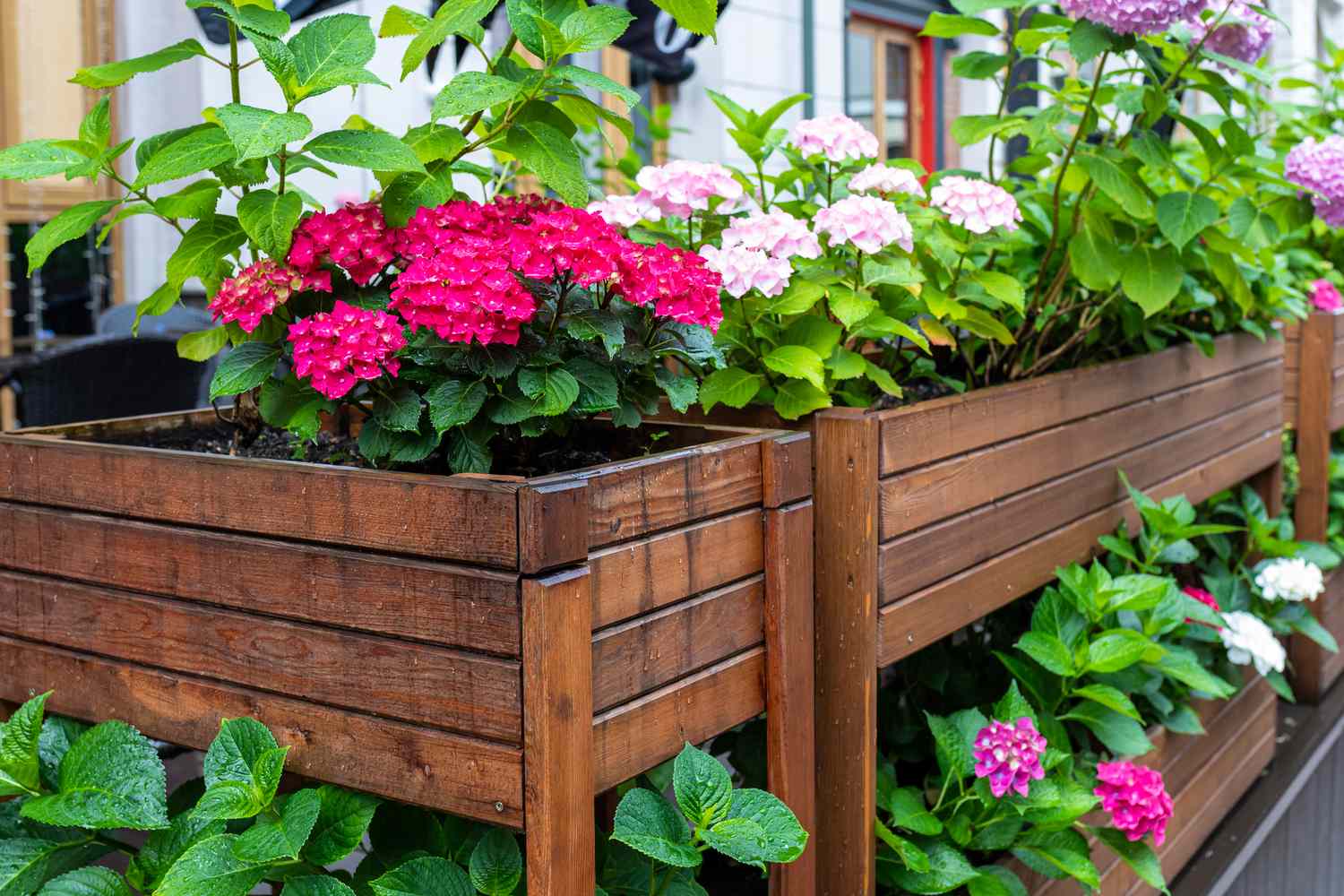
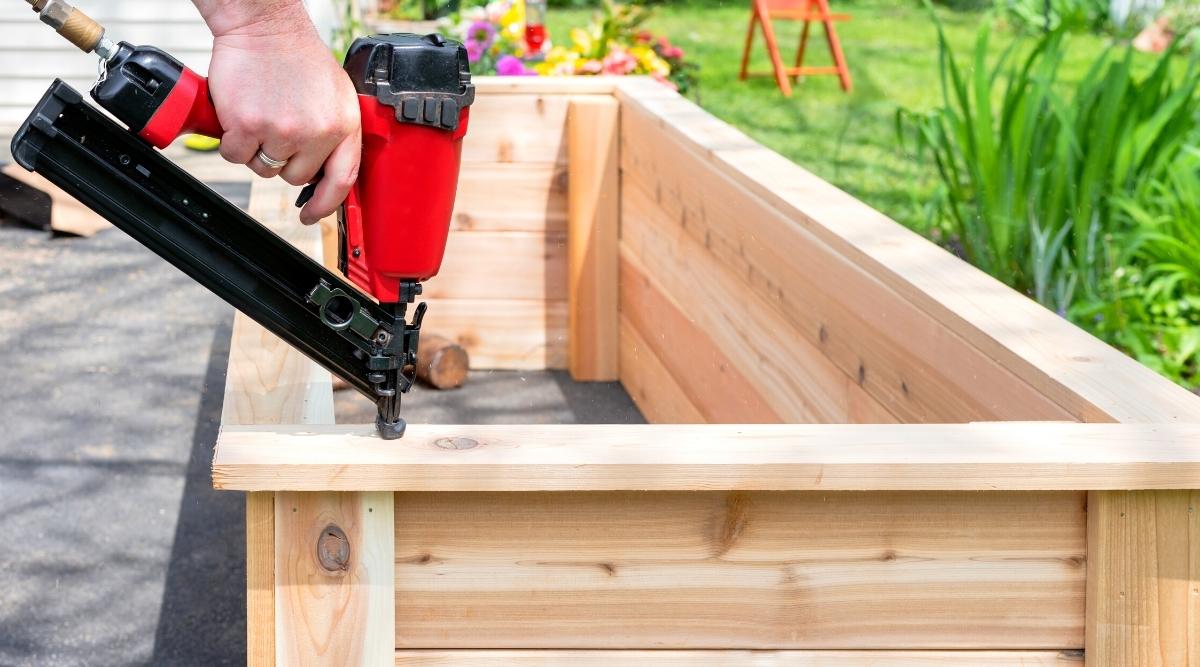
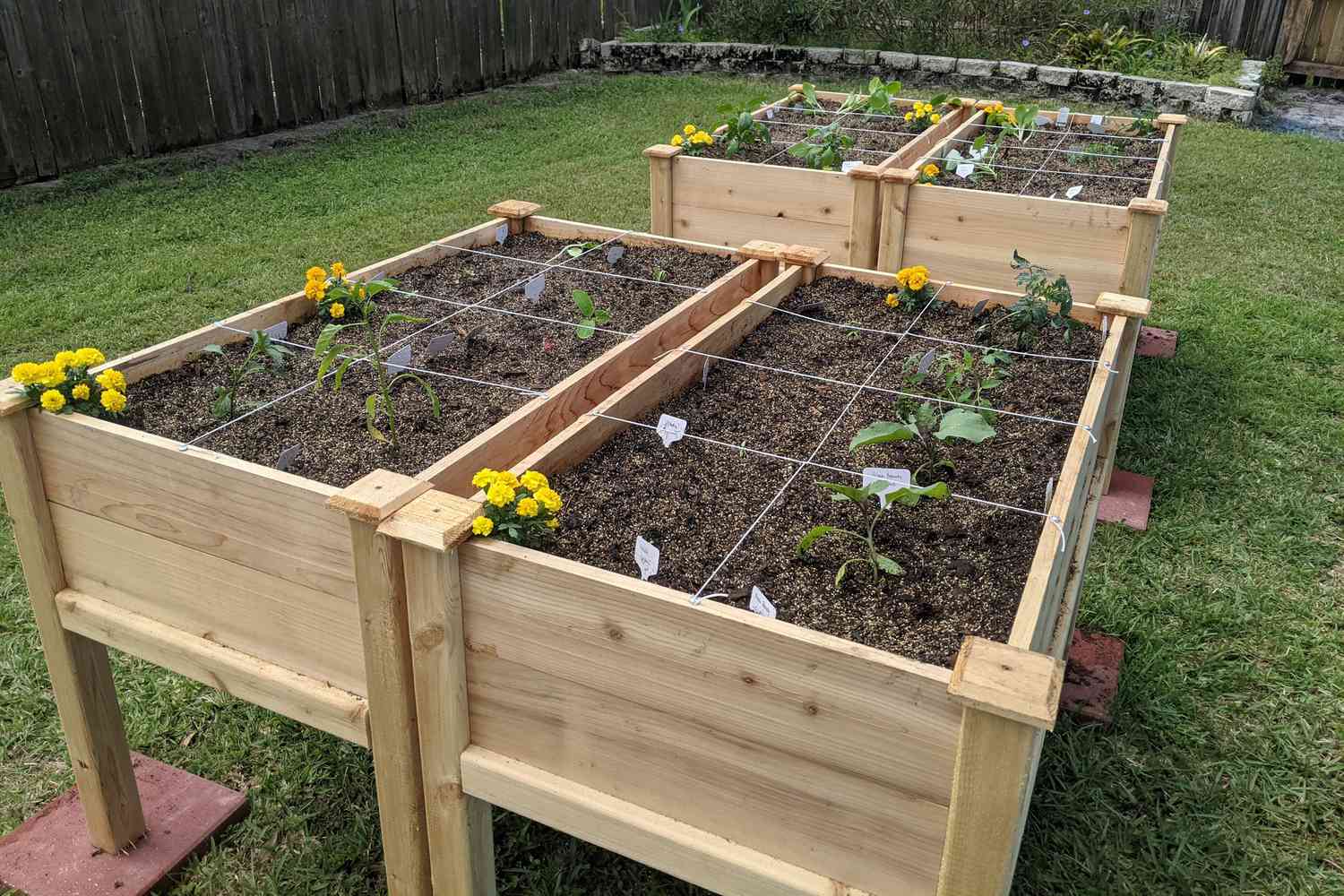
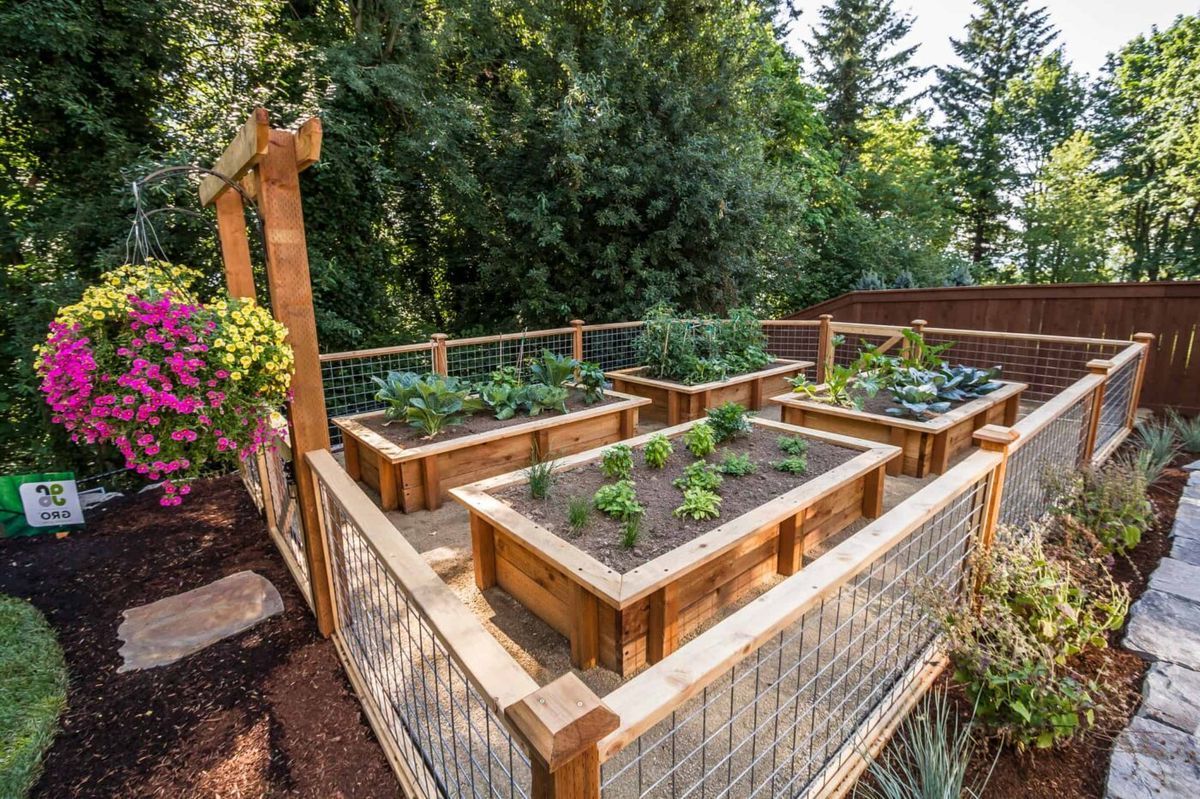
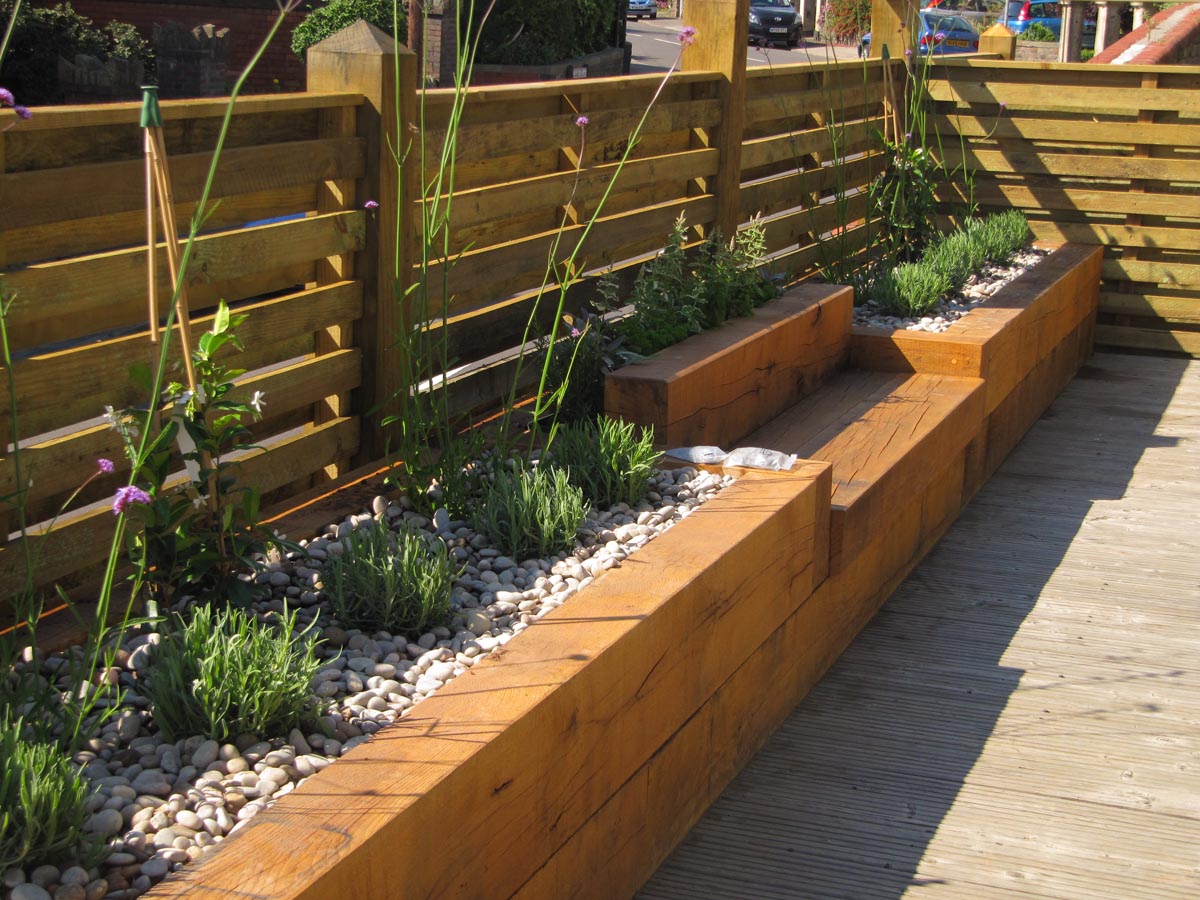
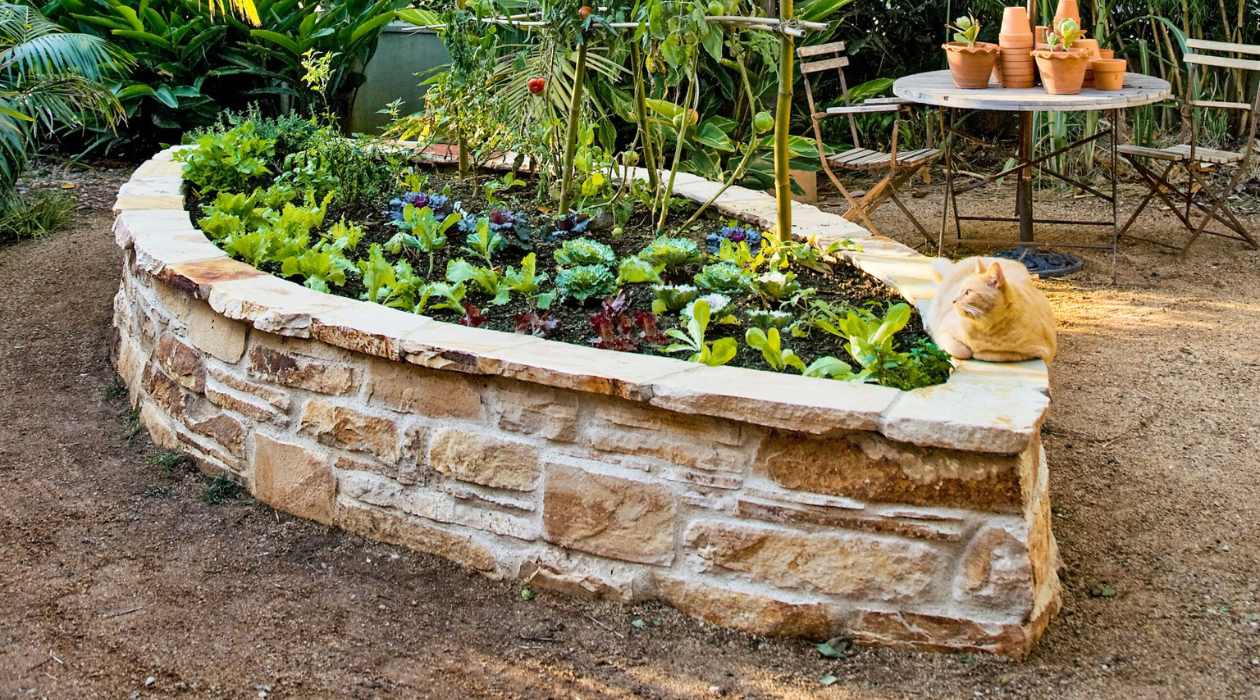
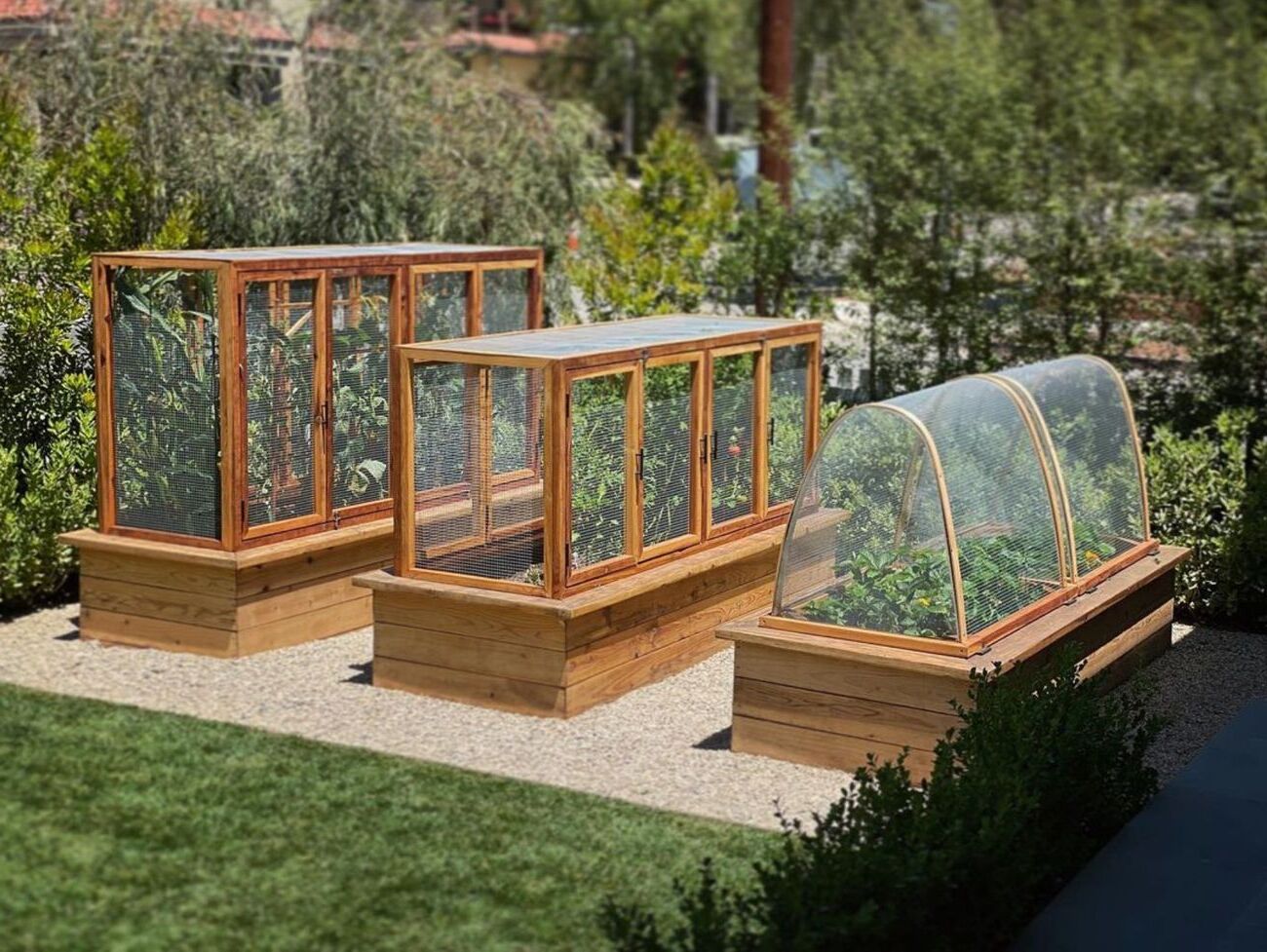
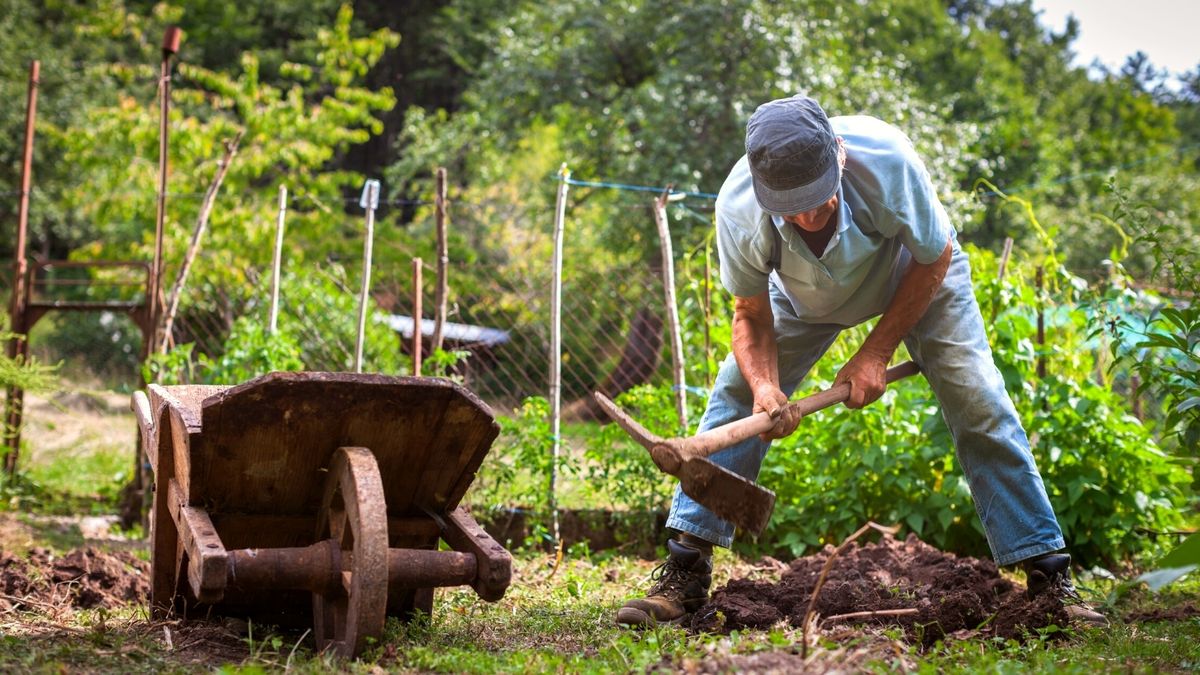

0 thoughts on “What To Put In The Bottom Of A Raised Garden Bed”